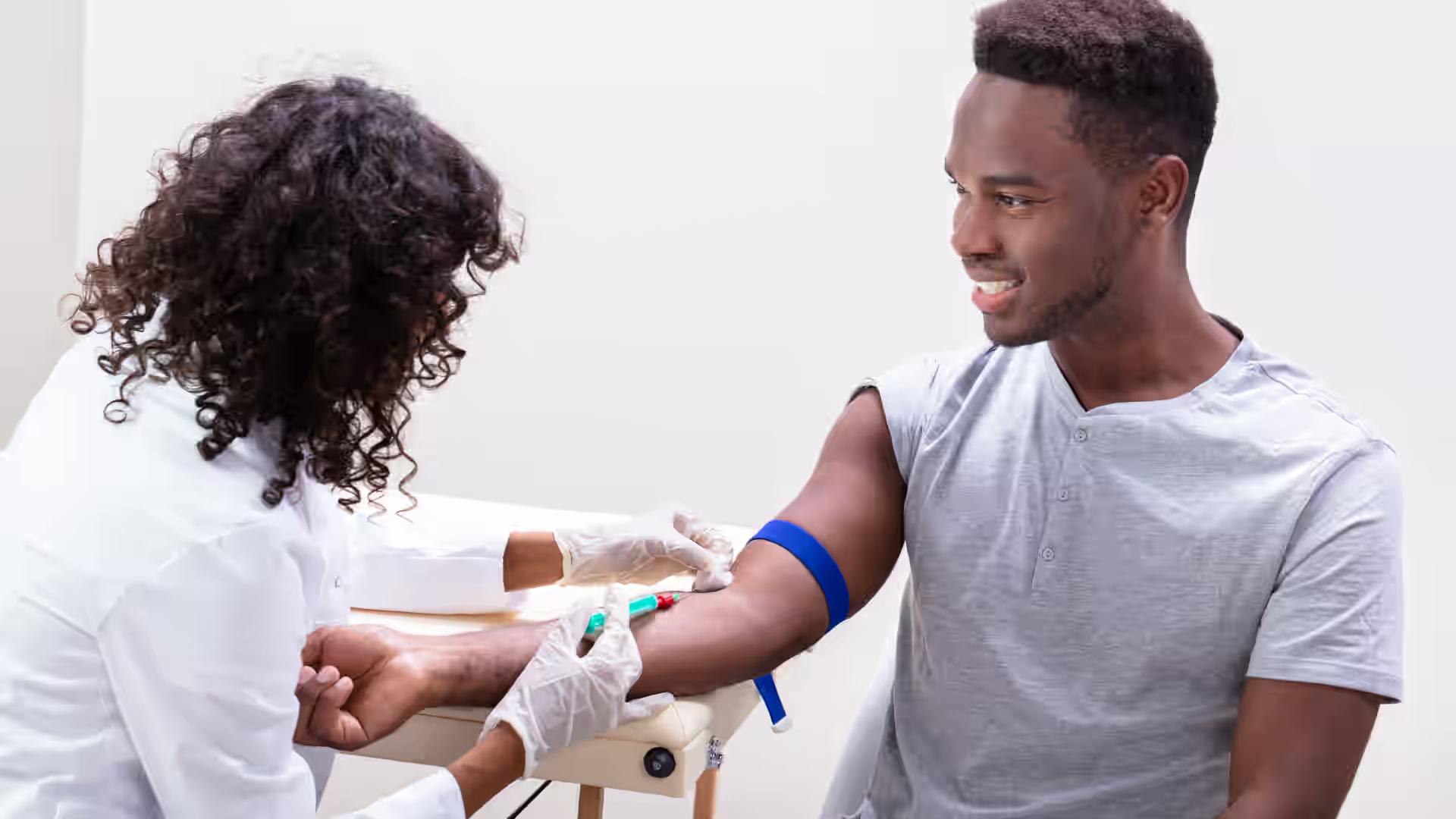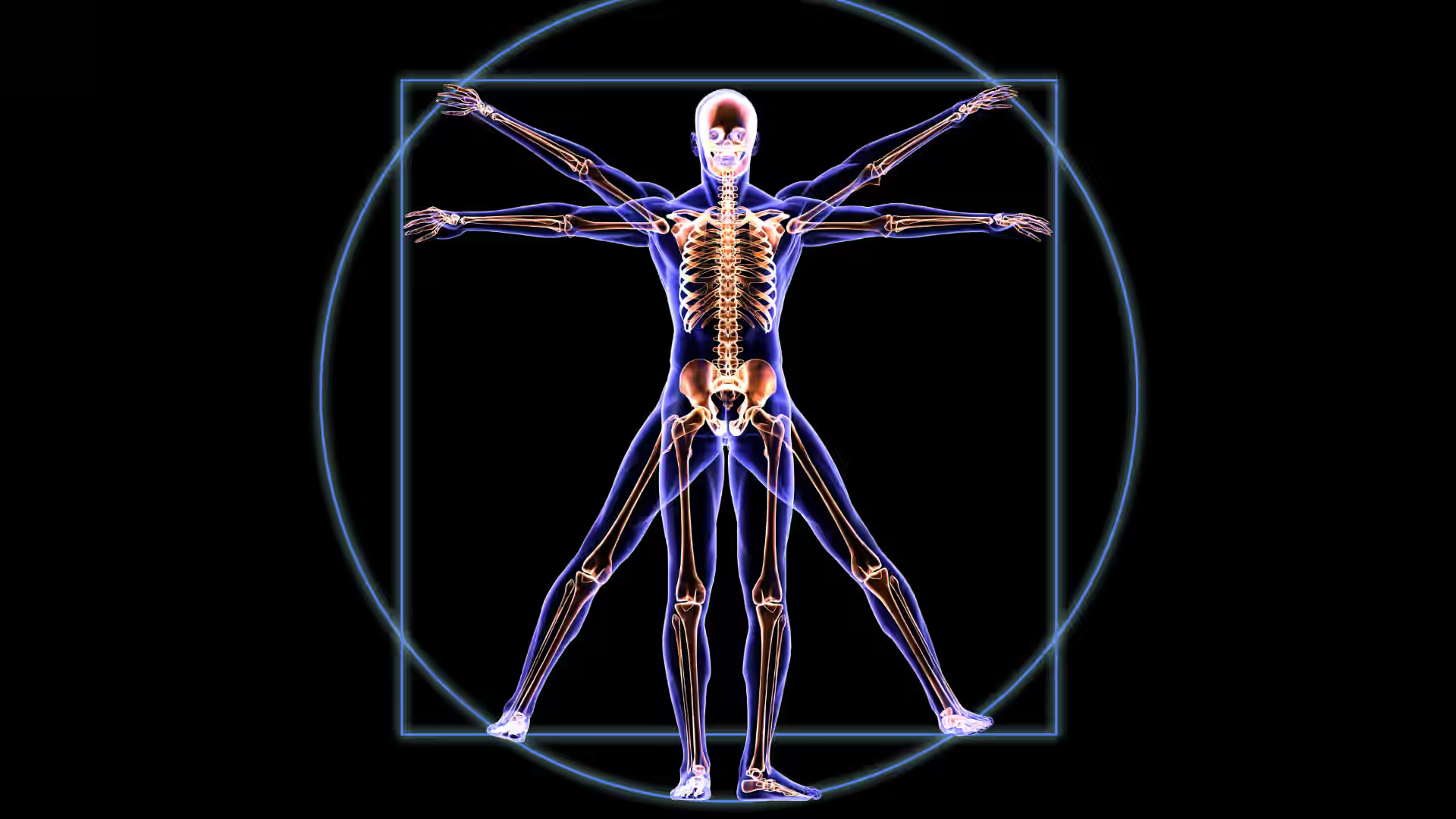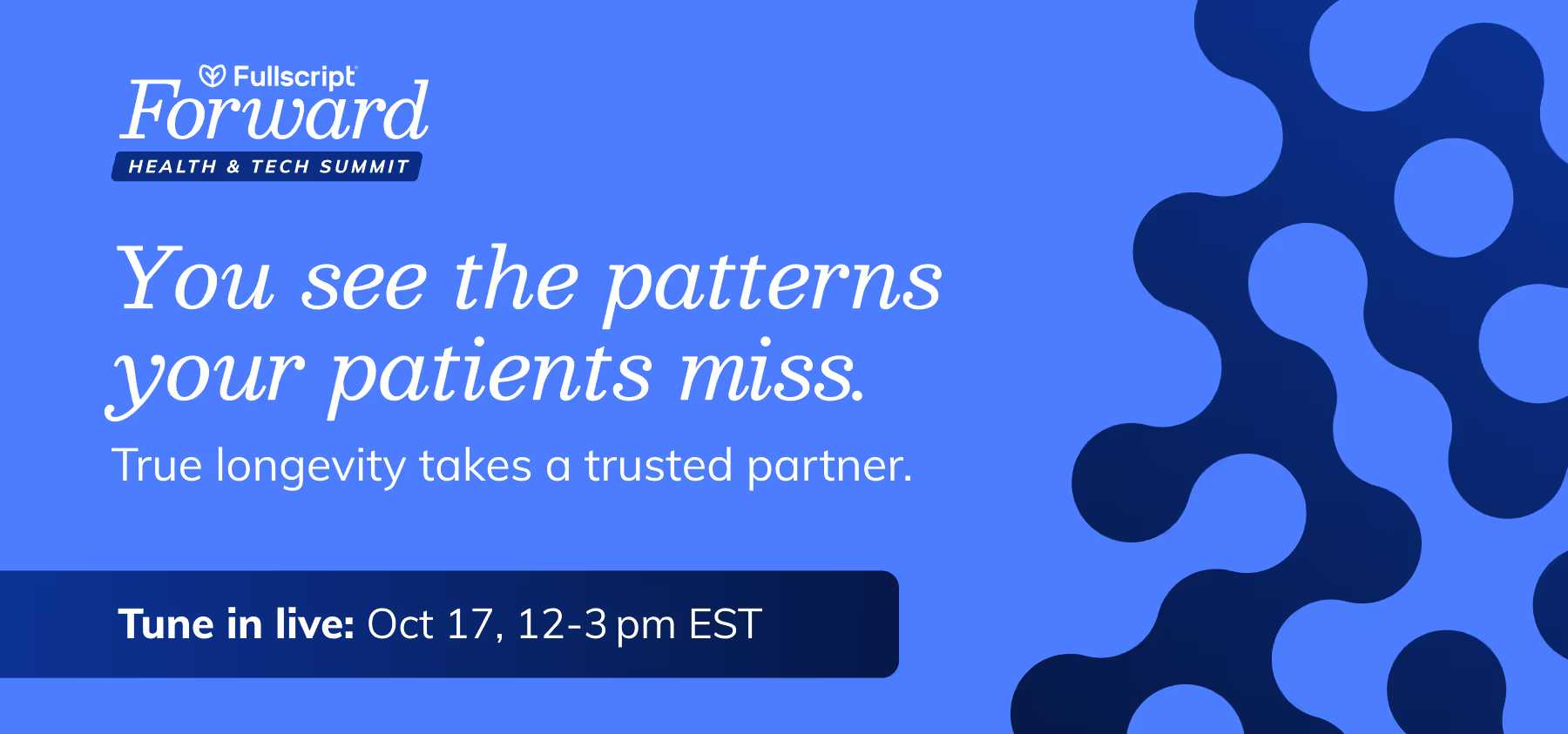Imagine feeling perfectly fine one moment and, in the next, facing a life-threatening emergency. This is the frightening reality of a widowmaker heart attack—a sudden and severe blockage in one of the heart’s most important arteries.
A severe left anterior descending (LAD) artery heart attack, also known as a widowmaker, can be fatal. This article explores the causes, symptoms, prevention strategies, and treatment options for widowmaker heart attacks.
[signup]
What Is a Widow Maker Heart Attack?
A widowmaker heart attack is a result of the blockage of a major artery that supplies oxygenated blood to a large portion of the heart. Without immediate medical intervention, this type of heart attack can lead to severe complications, including sudden cardiac arrest.
Definition
A widowmaker heart attack occurs as a result of a blockage of the heart’s largest artery, the left anterior descending (LAD) artery.
Anatomy of the Left Anterior Descending Artery (LAD)
The LAD artery is one of three major arteries that supply blood to the heart. It runs along the front of the heart and provides oxygen to a large portion of the left ventricle, the main pumping chamber. Since the heart needs oxygen-rich blood to function, a blockage in the LAD artery can lead to massive heart damage or death.
Why It’s Called the Widow Maker
The term "widowmaker" comes from the fact that this heart attack has a high risk of complications and can be fatal, particularly in men. However, women can also experience this type of heart attack, so the name is misleading.
Statistics and Impact
Understanding the incidence of widowmaker heart attacks and their survival rates can highlight the importance of early detection and treatment.
Incidence Rates
- In the U.S., about 805,000 people suffer a heart attack each year.
- About 38% of all heart attacks involve blockages in the LAD artery.
- Globally, heart disease accounts for 1 in 3 deaths.
Mortality and Survival Statistics
- Without emergency treatment, widowmaker heart attacks have a high mortality rate, sometimes over 50%.
- With quick medical intervention, survival rates improve significantly.
Causes and Risk Factors
Knowing what causes a widowmaker heart attack can help people take steps to reduce their risk.
Common Causes
A widowmaker heart attack happens when blood flow is blocked in the LAD artery. This is usually a result of:
- Coronary Artery Disease (CAD): CAD is the most common cause of widowmaker heart attacks. It occurs when cholesterol and other fatty deposits (plaque) build up in the LAD artery, narrowing and reducing its blood flow.
- Plaque Build-Up and Blockage: Over time, plaque in the arteries can rupture, forming a blood clot that completely blocks the artery. When this happens in the LAD artery, it can cause a widowmaker heart attack.
Risk Factors
Several factors increase the risk of developing a widowmaker heart attack. While some risks are genetic, others are linked to daily habits.
Lifestyle Factors
- Smoking damages blood vessels and accelerates plaque build-up.
- A diet high in saturated fats and processed foods can lead to high cholesterol.
- Lack of exercise weakens the heart and contributes to obesity, high blood pressure, and diabetes.
Genetic Predisposition
Some people are at higher risk because of their family history. If a close relative has had heart disease or a heart attack, the chances of experiencing a widowmaker heart attack may be higher. Individuals with a family history of heart disease should consult their healthcare provider for personalized risk assessment.
Symptoms and Diagnosis
Recognizing the symptoms of a widowmaker heart attack can save lives. Symptoms often appear suddenly, but some warning signs may show up days or weeks before the heart attack occurs.
Recognizing Early Symptoms
Some individuals may notice early symptoms, while others may experience a sudden onset of severe symptoms. Early detection and prompt medical attention can prevent serious complications. Signs of a heart attack include:
Chest Pain
The most common symptom is chest pain, often described as:
- A tight, squeezing, or heavy feeling in the chest.
- Pain that spreads to the arms, shoulders, neck, jaw, or back.
- Discomfort that lasts for more than a few minutes or comes and goes.
Other Symptoms
Not all heart attack symptoms involve chest pain. Some people may experience:
- Shortness of breath even when resting.
- Cold sweat or fatigue
- Nausea or vomiting, which is more common in women.
- Unusual fatigue, especially in the days leading up to the heart attack.
Anyone experiencing symptoms of a heart attack should seek emergency medical care immediately.
Symptoms in Women vs. Men
Heart attack symptoms can differ between men and women. Many women experience atypical symptoms that may not seem like a heart attack, such as:
- Unexplained jaw or back pain.
- Lightheadedness or dizziness.
- A burning sensation in the chest, similar to heartburn.
Because these symptoms can be mistaken for other conditions, women may not seek medical attention immediately.
Diagnosis
A healthcare provider will obtain a medical history and perform a physical exam. Tests that help diagnose a heart attack include:
- Blood tests (ex. Cardiac enzymes)
- Electrocardiograph (EKG)
- Echocardiogram
- Coronary angiography
Prevention and Early Detection
Preventing a widowmaker heart attack requires a combination of healthy lifestyle choices and medical monitoring.
Lifestyle Changes
Some risk factors can be controlled with the right approach:
- Healthy Diet
- Regular Exercise
- Smoking cessation
- Stress management and reduction
Medical Interventions
Regular check-ups can detect heart disease before it leads to a heart attack. Doctors may use tests like EKGs, stress tests, and cholesterol screenings to assess heart health and detect problems early.
Use of Medications
Medications can help reduce the risk of a heart attack by lowering cholesterol, preventing blood clots, managing blood pressure, and controlling other risk factors.
Cholesterol-Lowering Medication
These help reduce plaque buildup and blockage in the arteries.
Blood Thinners
Blood thinners help prevent clot formation that can cause a complete blockage in the LAD artery.
- Examples: antiplatelets (aspirin, clopidogrel, ticagrelor) and anticoagulants (warfarin, rivaroxaban, apixaban)
Blood Pressure Medications
High blood pressure strains the heart and increases the risk of artery damage, leading to heart attacks.
- Beta-Blockers: Lower heart rate and blood pressure, reducing the heart’s oxygen demand. Examples: metoprolol, atenolol, carvedilol.
- Angiotensin-converting enzyme inhibitors (ACE Inhibitors) and angiotensin II receptor blockers (ARBs): These medications relax blood vessels, improve blood flow, and lower blood pressure. Examples: lisinopril, enalapril, losartan.
Always consult a healthcare provider before starting any medication for heart disease prevention.
Emergency Medications for Acute Widow Maker Heart Attack
If a widowmaker's heart attack is already happening, emergency medications are often used to restore blood flow. These include:
- Nitroglycerin: Opens up arteries to improve blood flow.
- Thrombolytics ("Clot Busters"): Used in hospitals if a stent procedure isn’t available.
- Alteplase (tPA)
- Tenecteplase (TNKase)
These medications are not for daily prevention but are critical in emergencies.
Treatment Options
When a widowmaker heart attack happens, immediate medical treatment is the only way to restore blood flow and save the heart.
Emergency Interventions
Emergency procedures can open or bypass blocked arteries to prevent further damage.
- Angioplasty and Stenting: During angioplasty, a thin tube is inserted into the blocked artery, and a cardiac stent is placed to keep it open.
- Coronary Artery Bypass Graft (CABG): Coronary bypass surgery may be needed to create a new path for blood to flow around the blockage.
Recovery and Rehabilitation
Cardiac rehabilitation programs provide a comprehensive approach to recovery by offering medically supervised exercise, nutrition counseling, and stress management. These programs are designed to help patients recover physically, while also addressing the emotional challenges that often accompany a heart attack.
Since a heart attack can be emotionally overwhelming, support groups, therapy, and lifestyle changes play a critical role in helping patients regain confidence and improve their quality of life. Additionally, it is essential for patients recovering from a heart attack to follow up regularly with their healthcare provider to monitor heart function and adjust treatment as needed.
[signup]
Key Takeaways
- A widowmaker heart attack occurs when the left anterior descending (LAD) artery becomes completely blocked, cutting off blood flow to a large portion of the heart. Without immediate treatment, it can be fatal.
- Common risk factors include coronary artery disease (CAD), high cholesterol, smoking, poor diet, lack of exercise, and genetic predisposition. Managing these factors can significantly reduce the risk.
- Symptoms often include severe chest pain, shortness of breath, nausea, and extreme fatigue, but women may experience atypical symptoms like jaw pain, dizziness, and heartburn-like discomfort. Recognizing these warning signs early can be lifesaving.
- Preventing a widowmaker heart attack involves a heart-healthy lifestyle, including a balanced diet, regular exercise, blood pressure control, and quitting smoking. Regular medical check-ups are also essential for early detection.
- Medications such as statins (cholesterol-lowering drugs), aspirin (blood thinner), beta-blockers, and ACE inhibitors can help lower the risk by improving heart health and preventing blockages.
- Emergency treatments like angioplasty, stenting, and bypass surgery can restore blood flow and increase survival rates if a widowmaker heart attack occurs. Quick medical intervention is critical.
- Anyone at high risk should work closely with a healthcare provider to create a personalized prevention plan, including lifestyle changes and medication management.






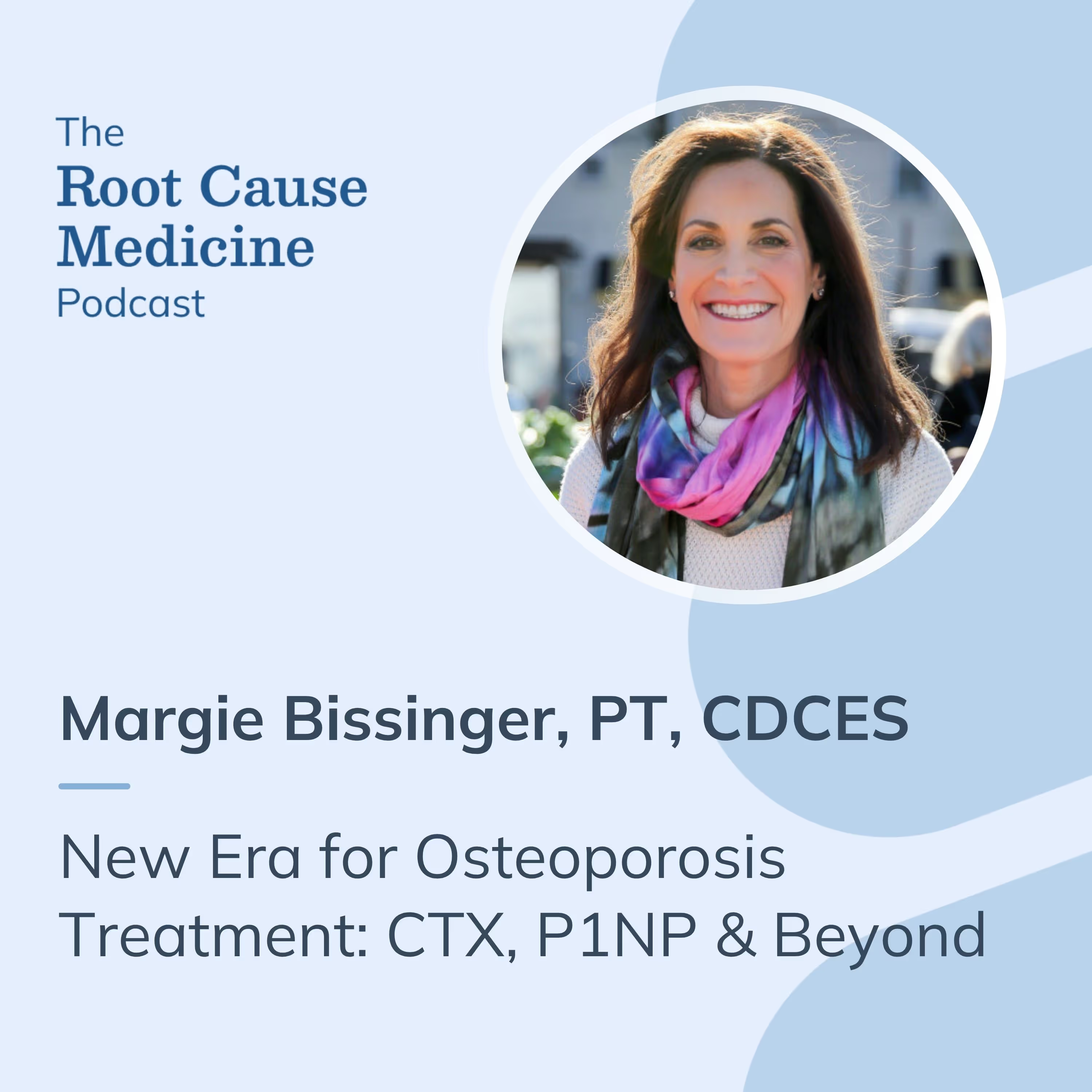
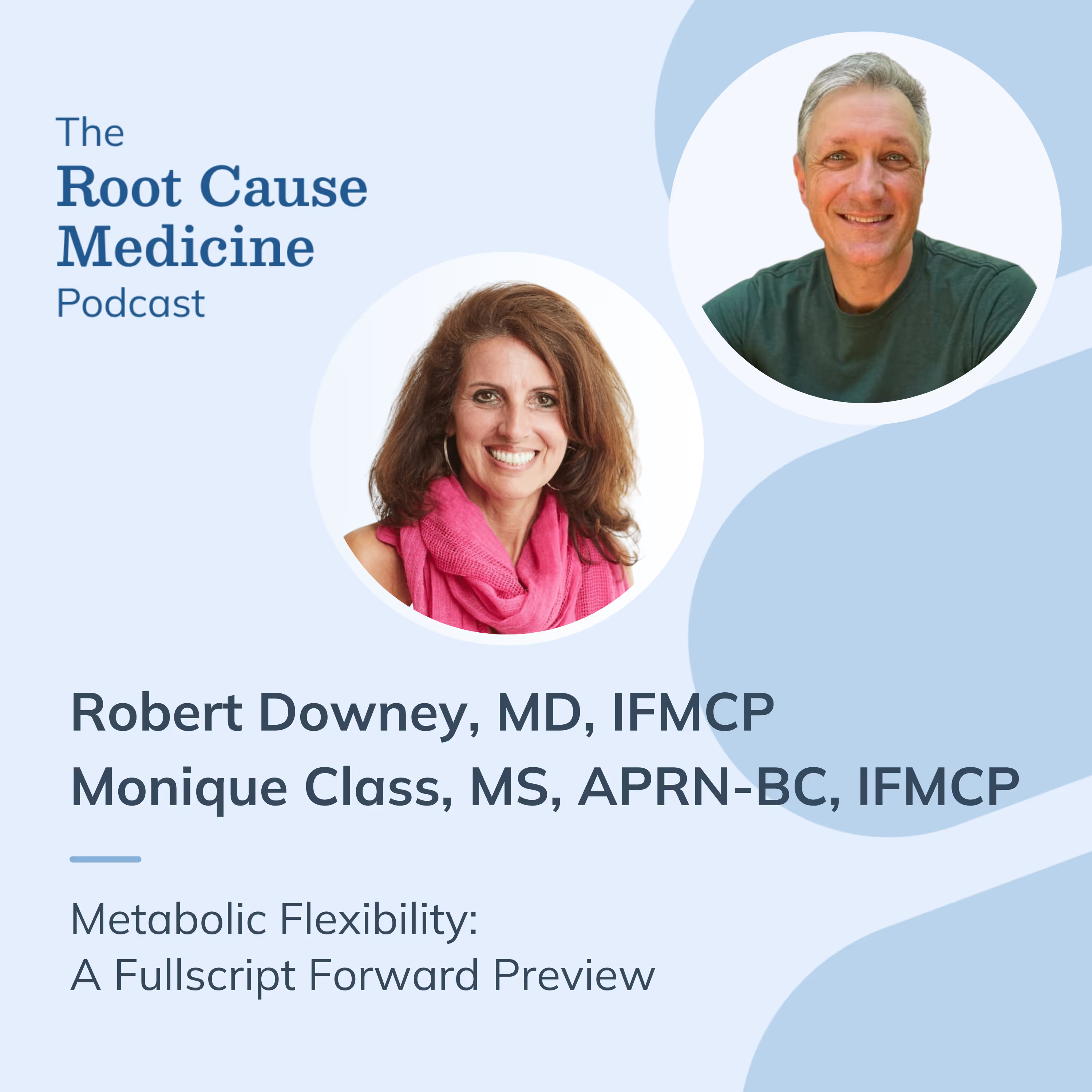
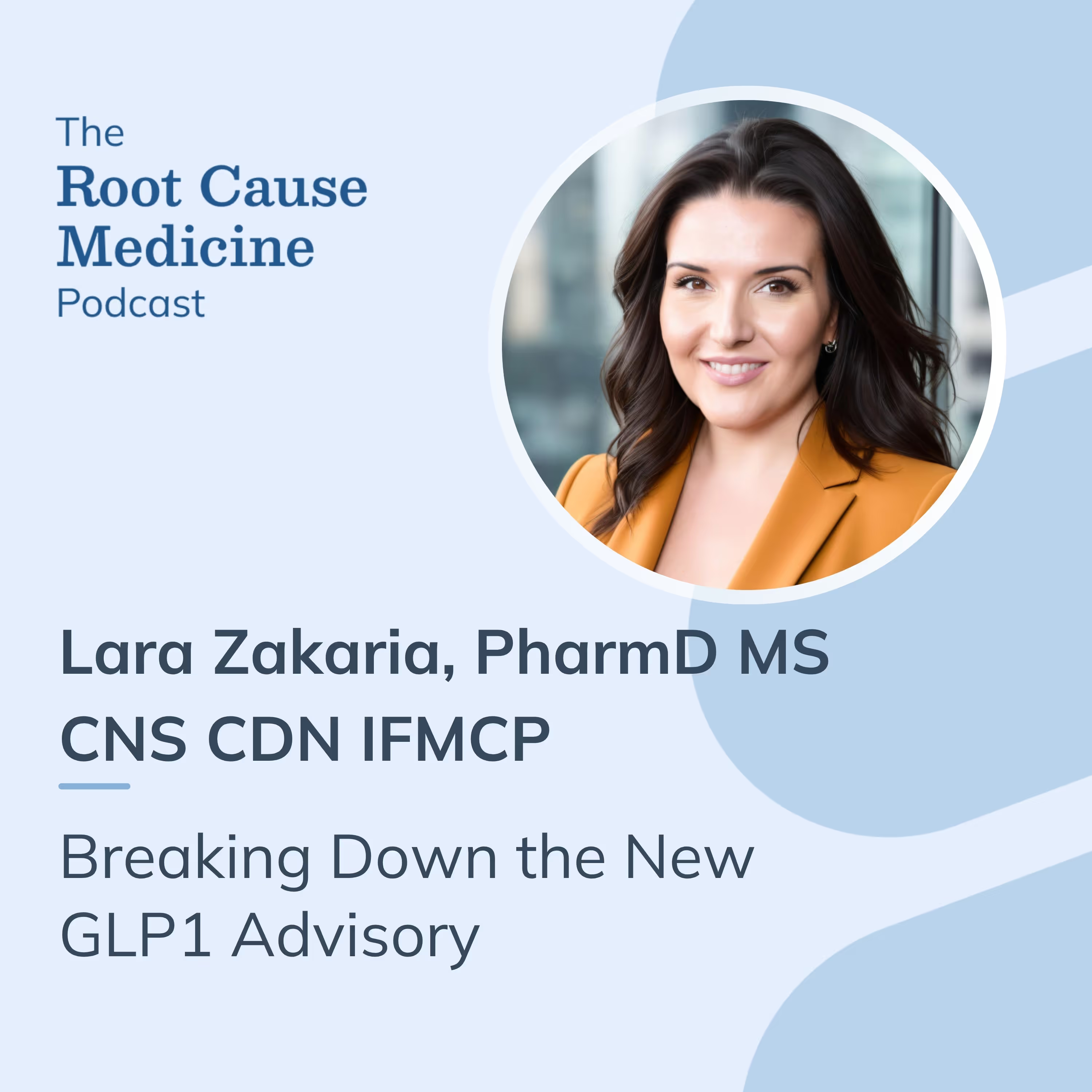
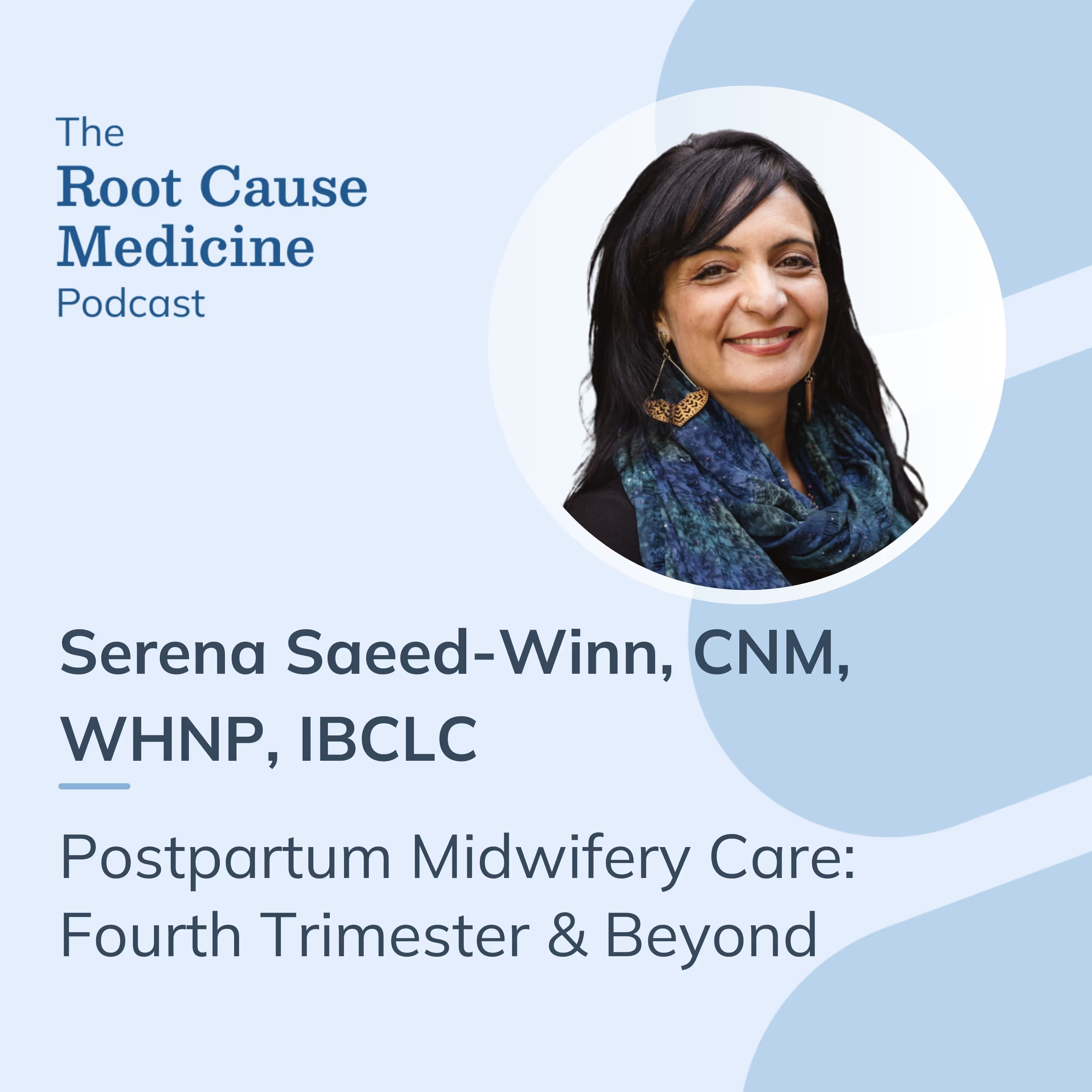


%201.svg)




